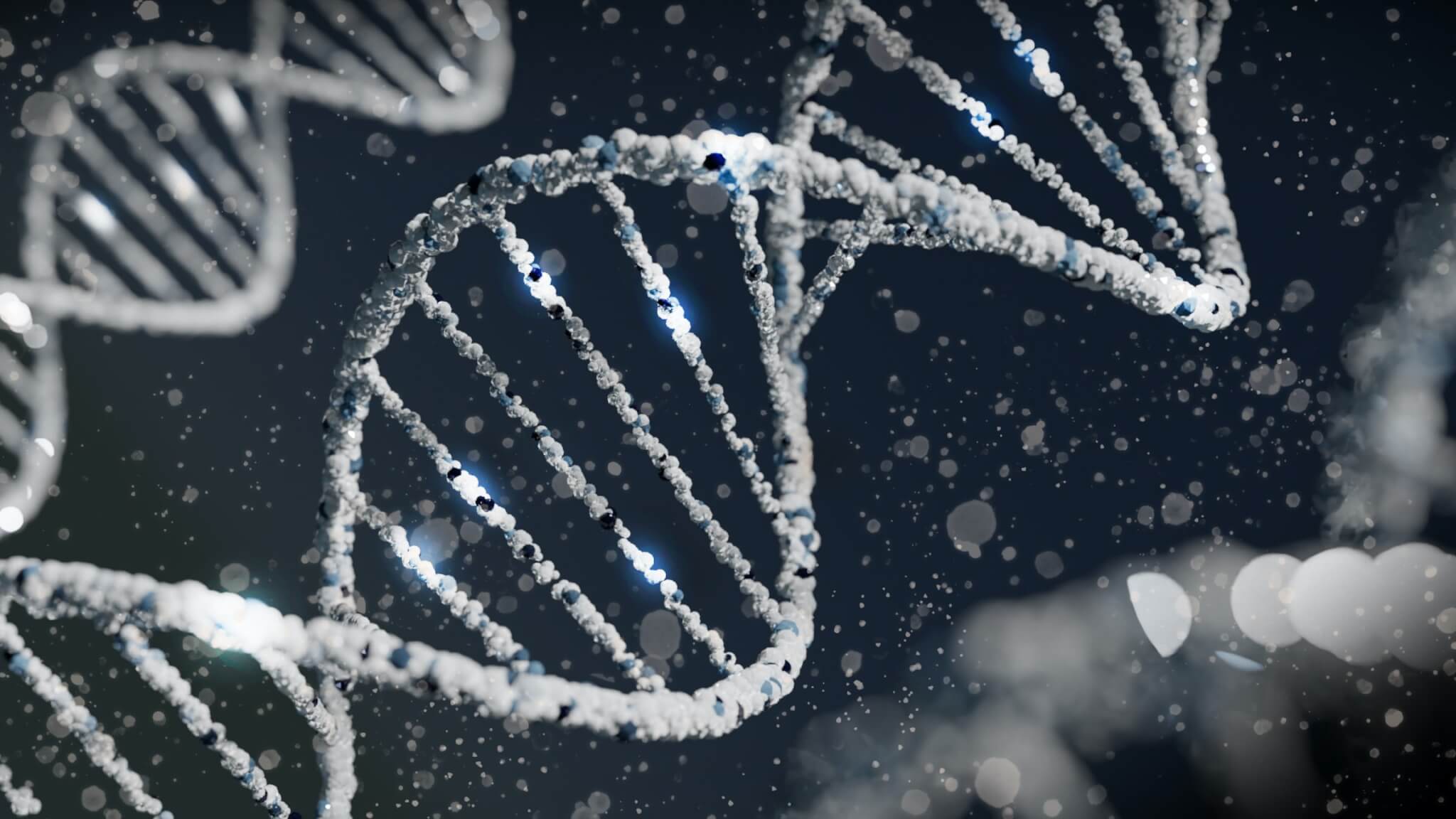ROME — For centuries, humans have been on a quest to unlock the secrets of longevity and slow down the inevitable process of aging. While we may not have discovered the mythical Fountain of Youth just yet, researchers are uncovering fascinating insights into how certain nutrients, like vitamin D, could potentially influence the biological mechanisms of aging.
Vitamin D, often referred to as the “sunshine vitamin” because our bodies can produce it when exposed to sunlight, is well-known for its crucial role in maintaining strong bones and a healthy immune system. However, a recent review published in the journal Nutrients suggests that this versatile nutrient may also play a role in modulating the “hallmarks of aging” – a set of key biological processes that contribute to age-related decline and disease.
So, what exactly are these hallmarks of aging, and how might vitamin D be involved? Let’s break it down.
Imagine your body as a complex machine, with countless gears and components working together to keep you functioning at your best. Over time, these components can start to wear down or malfunction, leading to the signs and symptoms we associate with aging. The hallmarks of aging represent some of the most critical processes that can go awry, such as DNA damage, cellular senescence (when cells stop dividing and start secreting harmful substances), and chronic inflammation.
These hallmarks are intricately interconnected, with each one influencing and exacerbating the others. For example, DNA damage can lead to cellular senescence, which in turn contributes to inflammation. It’s like a game of biological dominos, with one process triggering a cascade of effects throughout the body.
This is where vitamin D comes in. The authors of the Nutrients review, led by Dr. Carmelinda Ruggiero from the University of Perugia in Italy, propose that vitamin D could potentially target multiple hallmarks of aging simultaneously, thanks to its wide-ranging effects on various tissues and organ systems.
One way vitamin D may influence aging is through its impact on genomic stability – essentially, the integrity of our DNA. Over time, our DNA accumulates damage from various sources, such as UV radiation, oxidative stress, and environmental toxins. This damage can lead to mutations and other genetic abnormalities that contribute to age-related diseases like cancer. Some studies suggest that vitamin D may help maintain genomic stability by regulating genes involved in DNA repair and protecting cells from oxidative damage.

Another key hallmark of aging is telomere attrition. Telomeres are protective caps at the ends of our chromosomes that shorten each time a cell divides. When telomeres become too short, cells can no longer divide and may enter a state of senescence. Some observational studies have found associations between higher vitamin D levels and longer telomere length, suggesting that vitamin D may help preserve telomere integrity. However, more research is necessary to confirm this relationship and understand the underlying mechanisms.
Vitamin D may also play a role in regulating epigenetic changes – modifications to our DNA that can influence gene expression without altering the underlying genetic code. These epigenetic alterations are thought to be a key driver of aging and age-related diseases. Some studies have found that vitamin D supplementation can influence DNA methylation patterns, a type of epigenetic modification, in a way that may promote healthier aging.
Chronic inflammation is another hallmark of aging that vitamin D may help combat. As we age, our bodies tend to produce more pro-inflammatory molecules, which can contribute to a wide range of age-related conditions, from cardiovascular disease to cognitive decline. Vitamin D has well-established anti-inflammatory properties and may help regulate the immune system to keep inflammation in check.
Finally, vitamin D may influence the aging process through its effects on the gut microbiome – the trillions of bacteria and other microorganisms that inhabit our digestive tract. An imbalance in the gut microbiome, known as dysbiosis, has been linked to various age-related conditions. Some studies suggest that vitamin D supplementation can help restore a healthier gut microbial balance, potentially promoting longevity and overall health.
While these findings are intriguing, it’s important to note that much of the evidence for vitamin D’s role in aging comes from preclinical studies and observational research in humans. More rigorous clinical trials are needed to determine whether vitamin D supplementation can truly slow down the aging process and prevent age-related diseases.
Additionally, the optimal dosage and timing of vitamin D supplementation for promoting healthy aging remain uncertain. While vitamin D deficiency is relatively common, especially in older adults, more is not necessarily better when it comes to supplementation. Excessive vitamin D intake can lead to adverse effects, such as hypercalcemia (elevated blood calcium levels), which can be harmful to health.
Despite these caveats, the potential for vitamin D to influence multiple hallmarks of aging is an exciting area of research that warrants further investigation. As our understanding of the complex interplay between nutrients and the aging process grows, we may be able to develop more targeted strategies for promoting longevity and healthspan.
In the meantime, ensuring adequate vitamin D intake through a combination of sensible sun exposure, dietary sources (such as fatty fish, egg yolks, and fortified foods), and supplements (under the guidance of a healthcare provider) is a prudent approach for supporting overall health and well-being as we age.
While vitamin D may not be the elusive Fountain of Youth, it could prove to be an important piece of the puzzle in our quest to unlock the secrets of healthy aging. As research in this area continues to evolve, we may find ourselves one step closer to turning back the clock on the aging process and enjoying a longer, healthier lifespan.
Article reviewed by StudyFinds Editor Chris Melore.

